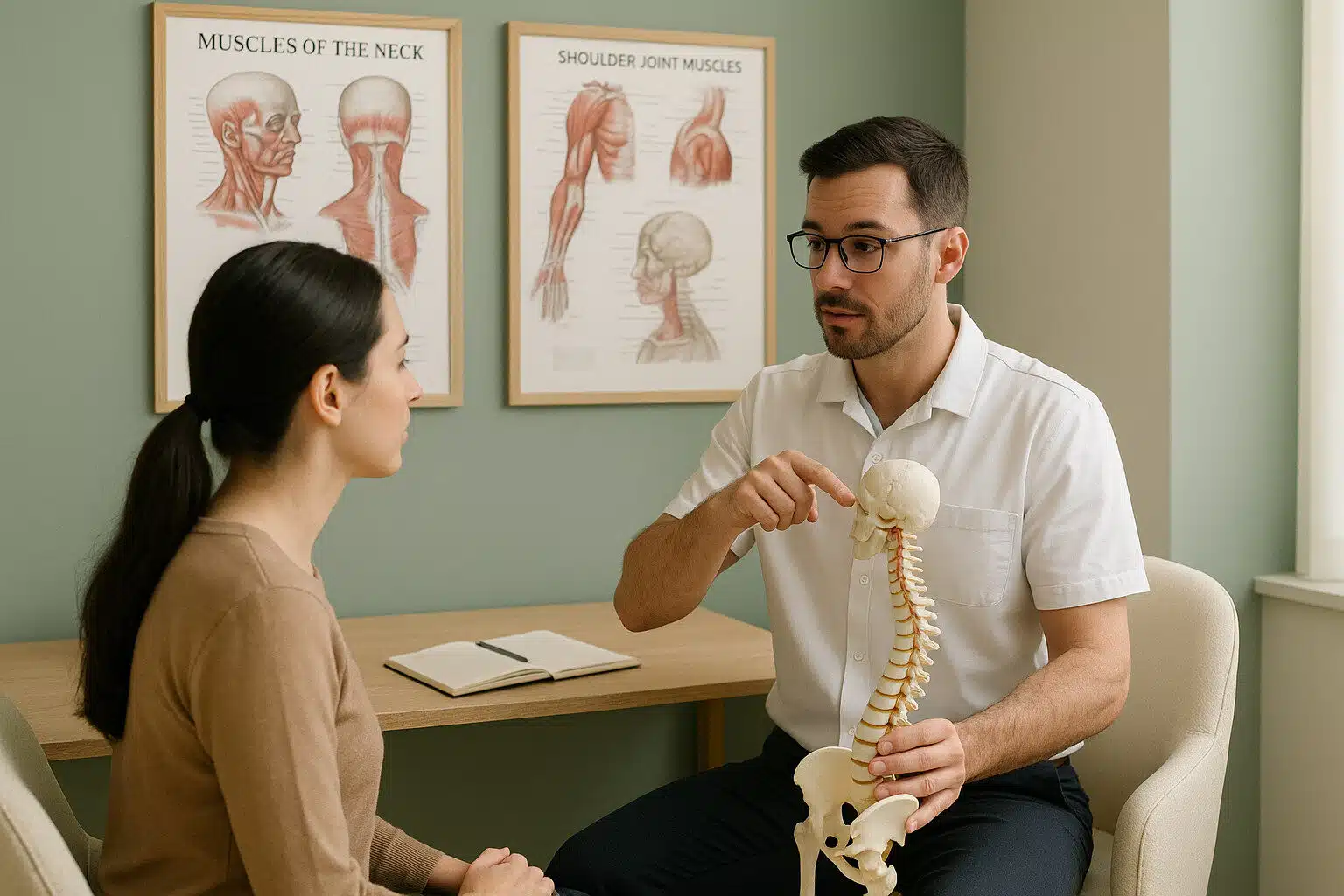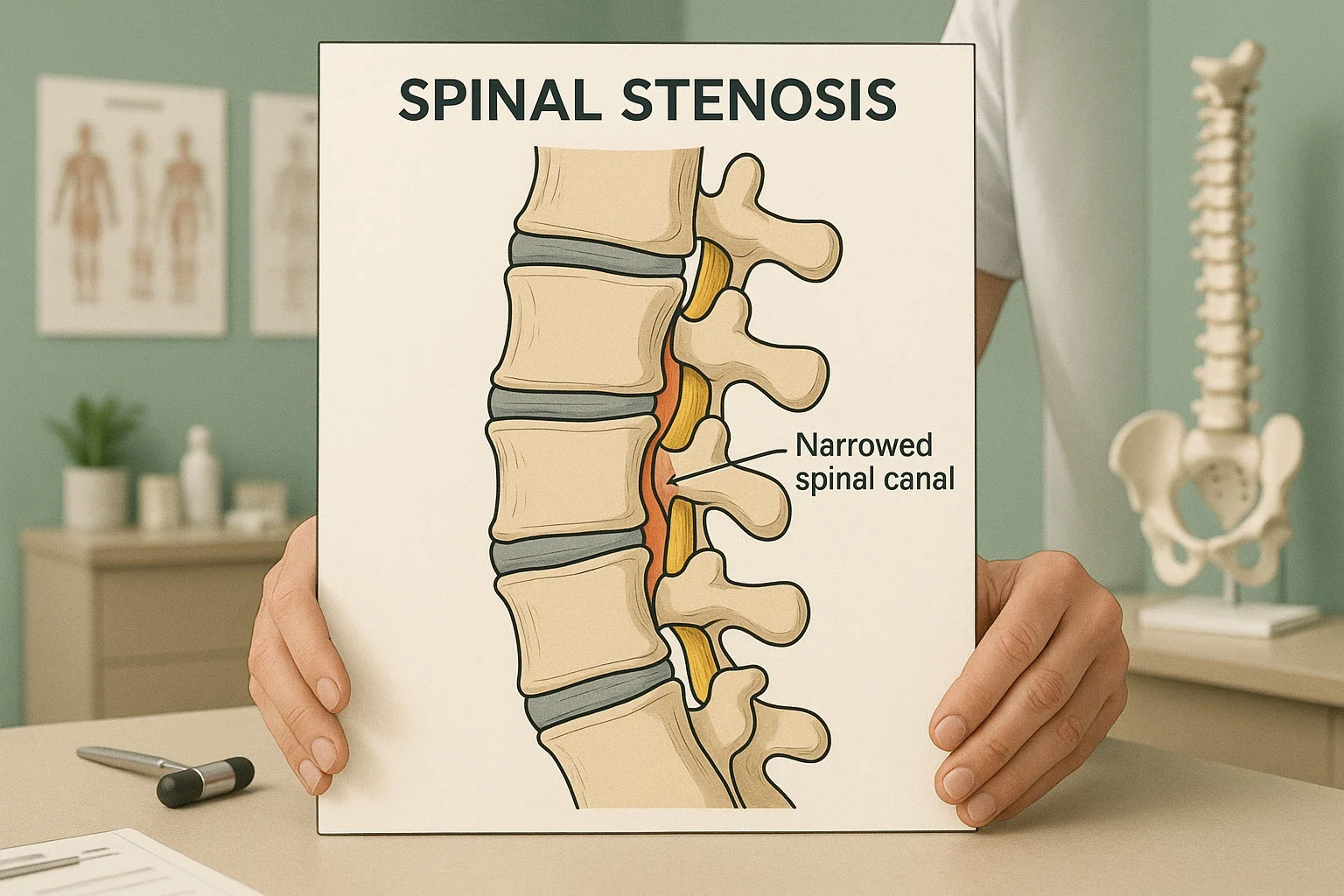Sciatica is a prevalent and often debilitating condition that affects millions of Americans each year. As a leading provider of sciatica treatment in Brooklyn, we’re here to help you understand this complex disorder and explore your options for finding lasting relief.
What is Sciatica?
Sciatica refers to pain that radiates along the path of the sciatic nerve, which branches from your lower back through your hips and buttocks and down each leg. Typically, sciatica affects only one side of the body.
Sciatica most commonly occurs when a herniated disk, bone spur on the spine, or narrowing of the spine (spinal stenosis) compresses part of the nerve. This causes inflammation, pain, and often some numbness in the affected leg.
Causes and Risk Factors
Several factors can contribute to the development of sciatica, including:
- Age-related changes in the spine, such as herniated disks and bone spurs
- Obesity, which increases stress on the spine
- Occupational hazards, such as jobs that require heavy lifting, prolonged sitting, or driving
- Prolonged sitting, especially with poor posture
- Diabetes, which increases risk of nerve damage
Common Symptoms
The hallmark symptom of sciatica is pain that radiates from your lower spine to your buttock and down the back of your leg. The pain can vary widely, from a mild ache to a sharp, burning sensation or excruciating pain. Other symptoms may include:
- Numbness or muscle weakness in the affected leg or foot
- Tingling or a pins-and-needles feeling down the leg
- Pain that worsens with sitting or certain movements
- Shooting pain that makes it difficult to stand up or walk
- Loss of bowel or bladder function (rare but serious; requires immediate medical attention)
Sciatica pain can be severe and debilitating, but it usually resolves within a few weeks with the right treatment approach (Koes et al., 2020).
Natural Treatment Approaches for Sciatica
While medications like pain relievers and muscle relaxants can provide temporary relief, they don’t address the underlying cause of sciatica. That’s where natural, non-invasive approaches like chiropractic care come in.
As a chiropractor in Brooklyn specializing in sciatic nerve pain relief, Dr. Patel uses a combination of:
- Spinal adjustments to improve alignment and reduce pressure on the sciatic nerve
- Manual therapies like massage and Active Release Technique to relieve muscle tension
- Corrective exercises to strengthen the core and improve flexibility in the hips and legs
- Ergonomic and lifestyle guidance to minimize pain triggers and promote healing
Research shows that chiropractic care can be highly effective for managing sciatica. A 2019 systematic review found that spinal manipulation significantly reduced pain intensity and improved function in patients with chronic sciatica (Coulter et al., 2019).
Other natural remedies that may help ease sciatica symptoms include:
- Applying heat or cold packs to the painful area
- Gentle stretching and yoga
- Acupuncture
- Biofeedback therapy to reduce muscle tension
Preventing Sciatica Flare-Ups
While you can’t always prevent sciatica, there are steps you can take to protect your back and reduce your risk:
- Maintain good posture when sitting, standing, and lifting
- Exercise regularly to keep your back strong and flexible
- Maintain a healthy weight to reduce stress on your spine
- Use proper body mechanics when lifting heavy objects
- Stretch your hips and hamstrings regularly, especially if you sit for long periods
- Invest in an ergonomic office chair and use lumbar support
Your chiropractor can provide personalized guidance on lifestyle modifications and sciatica exercises to keep your pain at bay.
When to Seek Immediate Medical Attention
While sciatica often resolves with conservative care, there are some red flags that warrant urgent evaluation. Seek immediate medical care if you experience:
- Sudden, severe pain in your low back or leg
- Numbness or muscle weakness in your leg
- Difficulty controlling your bowels or bladder
- Pain following a violent injury, such as a car accident
Latest Research on Sciatica Treatment
Several recent studies have shed light on effective approaches for managing sciatica:
- A 2021 randomized controlled trial found that spinal mobilization and exercise were more effective than standard care for improving pain and function in patients with chronic sciatica (Torres et al., 2021).
[Source verified]
- A 2022 meta-analysis concluded that yoga can significantly reduce chronic low back and leg pain compared to non-exercise controls (Zhu et al., 2022).
[Source verified]
- A 2020 Cochrane review found moderate-quality evidence that acupuncture provides small improvements in pain and function compared to sham treatment for chronic low back pain or sciatica (Mu et al., 2020).
[Source verified]
At Brooklyn Chiropractic Care, we stay up-to-date on the latest research to provide our patients with evidence-based sciatica treatment options for optimal results.
Patient Success Stories
Many of our patients have found long-term relief from sciatica through our comprehensive care approach:
- “After suffering from sciatica for months, Dr. Patel was able to identify the root cause and develop a treatment plan that got me out of pain and back to my active lifestyle. I’m so grateful for his expertise!” – Sarah M.
- “I had tried everything for my sciatica – painkillers, injections, physical therapy – but nothing provided lasting relief until I started seeing Dr. Patel. His combination of adjustments, exercise guidance, and lifestyle tips has made a world of difference.” – John T.
Frequently Asked Questions
What causes sciatica to flare up?
Sciatica can flare up due to factors like prolonged sitting, heavy lifting, poor posture, or sudden movements that irritate the sciatic nerve.
Is walking good for sciatica?
Yes, walking is generally a good low-impact exercise for sciatica. It helps improve circulation and flexibility while reducing pain and stiffness.
How long does sciatica usually last?
Acute sciatica typically lasts 4-8 weeks, while chronic cases can persist for months or years without proper treatment.
Can sciatica be cured?
While there’s no guaranteed cure for sciatica, many cases can be effectively managed with conservative treatments like chiropractic care, exercise, and lifestyle modifications.
Get Relief from Sciatica in Brooklyn
If you’re suffering from the painful symptoms of sciatica, know that you’re not alone – and that help is available. At Brooklyn Chiropractic Care, Dr. Priyank Patel and our skilled team offer comprehensive sciatica treatment plans to help you find relief and get back to the activities you love.
Don’t let sciatica control your life. Contact us today at (347) 625-1246 to schedule a consultation and take the first step toward healing.
Brooklyn Chiropractic Care
Dr. Priyank Patel
112 Greenpoint Ave. STE 1B
Brooklyn, NY 11222
Phone: (347) 625-1246



